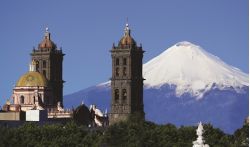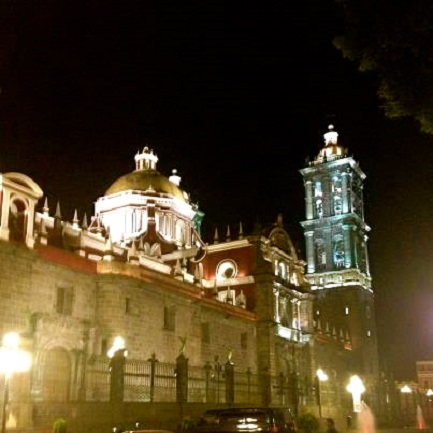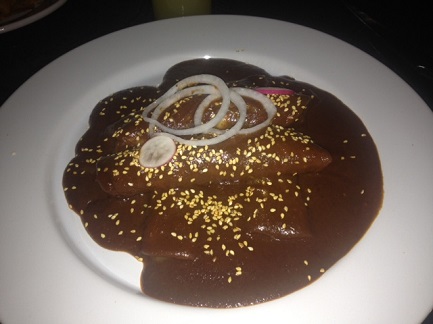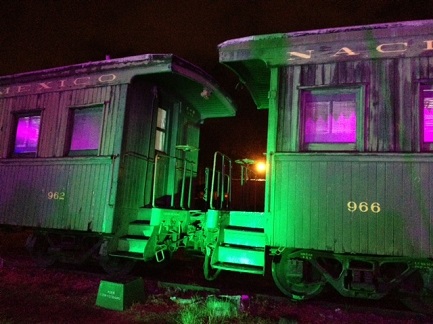What to expect on a first visit to Puebla

What to Expect on a First Visit to Puebla
by Susie Albin-Najera • 20 March, 2013
As I write from my 17th century boutique hotel room at Casa de la Palma, in the city of Puebla, in the state of Puebla for the annual Tianguis Tourism Fair, I find that the city is more than I imagined.
Having never been here before, here are some exciting things I realized about Puebla:
Puebla is the fourth largest city in Mexico. I imagined it to be a small quaint town, quiet and unassuming. On the contrary, it’s robust and thriving, and surrounded historical buildings and architecturally breathtaking churches, monasteries, mansions and ex-convents around every corner.
The elevation level of Puebla is more than 7,000 feet. Be prepared with headache medicine when you arrive if you’re not used to the altitude.
Two snow-capped volcanoes are right around the corner named Popocatepetl and Ixtaccihualt (or Iztaccihuatl). These volcanoes are the most famous and second and third tallest volcanoes of Mexico and on the list of the 10 top tallest peaks in North America. Since Popocatepetl is active now, flights out of Puebla are sometimes delayed because of volcanic ash.
Puebla has an abundance of churches, close to 300. They celebrate the patron saint of each church on the half hour and every hour.
Mole poblano and talavera are staples of this city.
Puebla is one of the most festive cities I have ever visited in Mexico, if not the most. There is so much more to Puebla, but for now, please enjoy some pics.

One of the many beautiful cathedrals in Puebla

Famous Mole Poblano

Railroad Museum, Puebla, Mexico
Source: http://themexicoreport.com/2013/03/20/what-to-expect-on-a-first-visit-to-puebla/#!

Mexico is amazing country! It has everything: the azure waters of the oceans and tropical forests, and snow-capped volcanoes. Landscapes of Mexico amaze with its beauty and are fascinating.
Valle de Bravo is one of the most picturesque places in Mexico, despite the fact that there is no ocean or lush vegetation. It is a small town on the eastern shore of an artificial lake surrounded by wooded mountains, and eventually turned into a out-of-town residence of the wealthy Mexicans.

Mayan Native Americans are the people that inhabit the regions of southern Mexico and northern Central America. Although many people think of the Mayans as an ancient civilization, there are currently about six million Mayan indigenous still living in this area. Many live moderns lives, but some still lead a more distinctly Mayan lifestyle including speaking one of the Mayan languages as their primary language.















